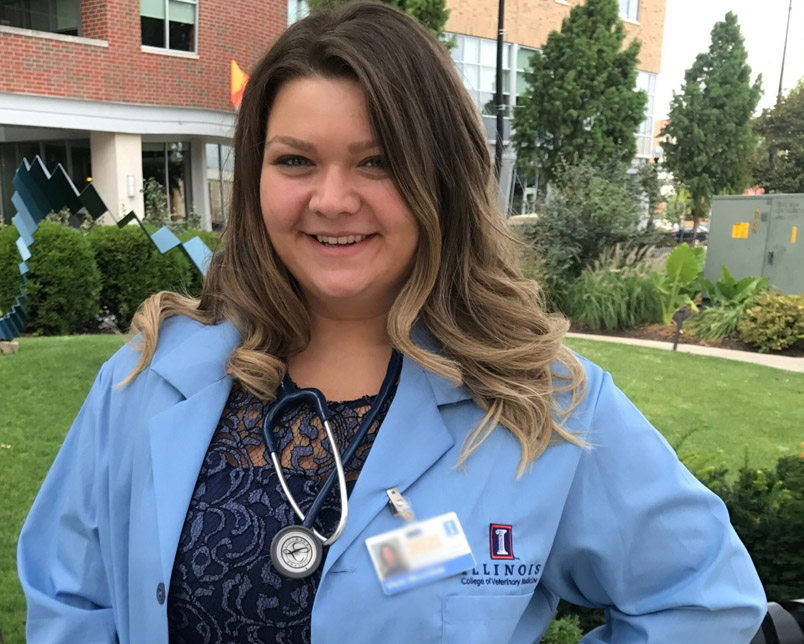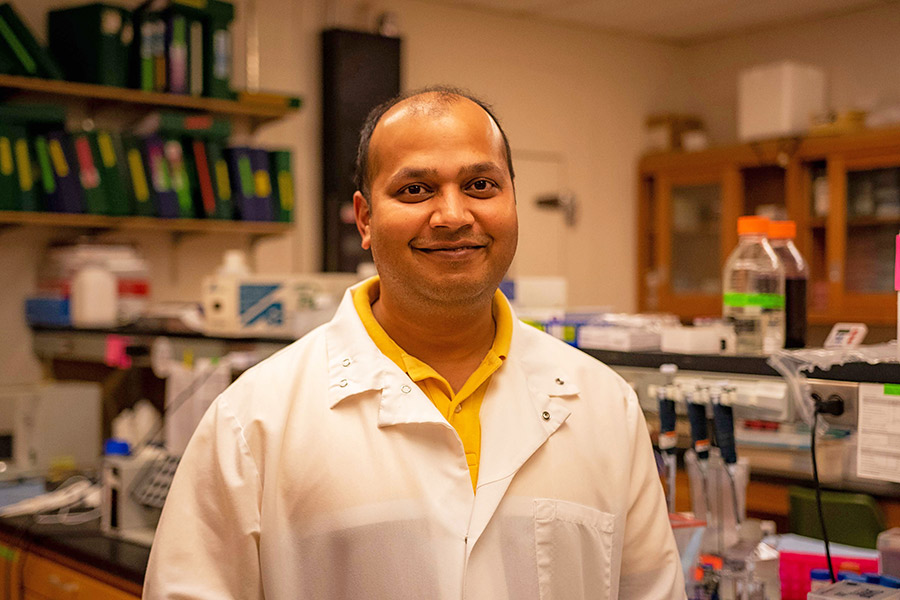What is your academic background?
I graduated from the University of Illinois at Urbana-Champaign with Bachelor of Science degrees in both chemistry and integrative biology. I graduated with distinction for my undergraduate thesis on the catalytic and structural diversity of honeybee cytochrome P450 monooxygenases.
How did you become interested in your specific field?
My passion for reproductive and environmental toxicology traces back to a 6th grade school project about Rachel Carson, conservationist and author of Silent Spring. I admired her scientific mind, but most of all, I was inspired by her perseverance as she fought to protect humans, animals, and the environment.
At a young age, I realized I could spend the rest of my life understanding the forces through which the world works as a researcher. I spent the remainder of my education acquiring the skills I needed to succeed as a scientist and prepare myself for a fruitful career in research. During undergrad, I realized two things: One, I wanted a platform to translate the applications of my research. Two, reproductive and environmental toxicology are overlooked in both animal and human healthcare. This motivated me to make a meaningful contribution to merging these two fields- medicine and toxicology.
Why did you choose the University of Illinois College of Veterinary Medicine to pursue this degree?
I chose to pursue a degree in veterinary medicine and graduate training at the University of Illinois because of the rigorous veterinary curriculum and the university’s renowned reputation as a R1 research institution. The Department of Comparative Biosciences is composed of prominent reproductive biologists who foster a collaborative learning environment for veterinary and graduate students. I also knew I would receive excellent training in toxicology through the Interdisciplinary Training Program in Environmental Health and Toxicology.
What is your current research project?
The use of neonicotinoid insecticides is rapidly increasing as they continue to replace the seemingly more dangerous organophosphate and methylcarbamate pesticides. Neonicotinoids are synthetic nicotine derivatives that act as systemic neurotoxicants. They can be found across all agricultural systems, as well as in flea and tick preventatives that we apply to our pets.
Their ubiquitous and rapidly increasing use results in chronic exposure of non-target species, including humans, fish, birds, and pollinators. Despite their rising popularity, the literature is devoid of studies that evaluate neonicotinoid toxicity to non-target species.
The goal of my research is to characterize mechanisms of toxicity and detoxification of imidacloprid, the most popular neonicotinoid, on the ovary. Studies have shown that imidacloprid reaches the ovaries of female rodents almost immediately after exposure. Additionally, female rodents exposed to imidacloprid have altered levels of reproductive hormones and significant morphological changes to their ovaries. I am using two ex-vivo culture systems to identify the changes in ovarian gene and protein expression resulting from exposure to imidacloprid.
What impact do you think your research could have on society?
Most pesticides that are currently in use pose a massive toxic trade off to human, animal, and environmental health. Therefore, by further researching mechanisms of toxicity and detoxification, we might find ways to ameliorate pesticide-induced toxicity to the reproductive system as well as develop pesticides that are both efficient and non-threatening.
Ultimately, I hope that my research raises awareness of the connectedness of human, animal, and environmental health.
What has been most beneficial to you in completing your studies at the University of Illinois College of Veterinary Medicine?
The camaraderie in the Department of Comparative Biosciences has been most beneficial to me in completing my studies. I am particularly thankful for my very supportive advisor, Dr. Jodi Flaws, who inspires me to be a forward thinking and well-rounded scientist.
What are your passions outside of research?
Outside of research I am passionate about traveling, spending time in nature, and spoiling my 5-year-old Aussiedoodle, Mia.




